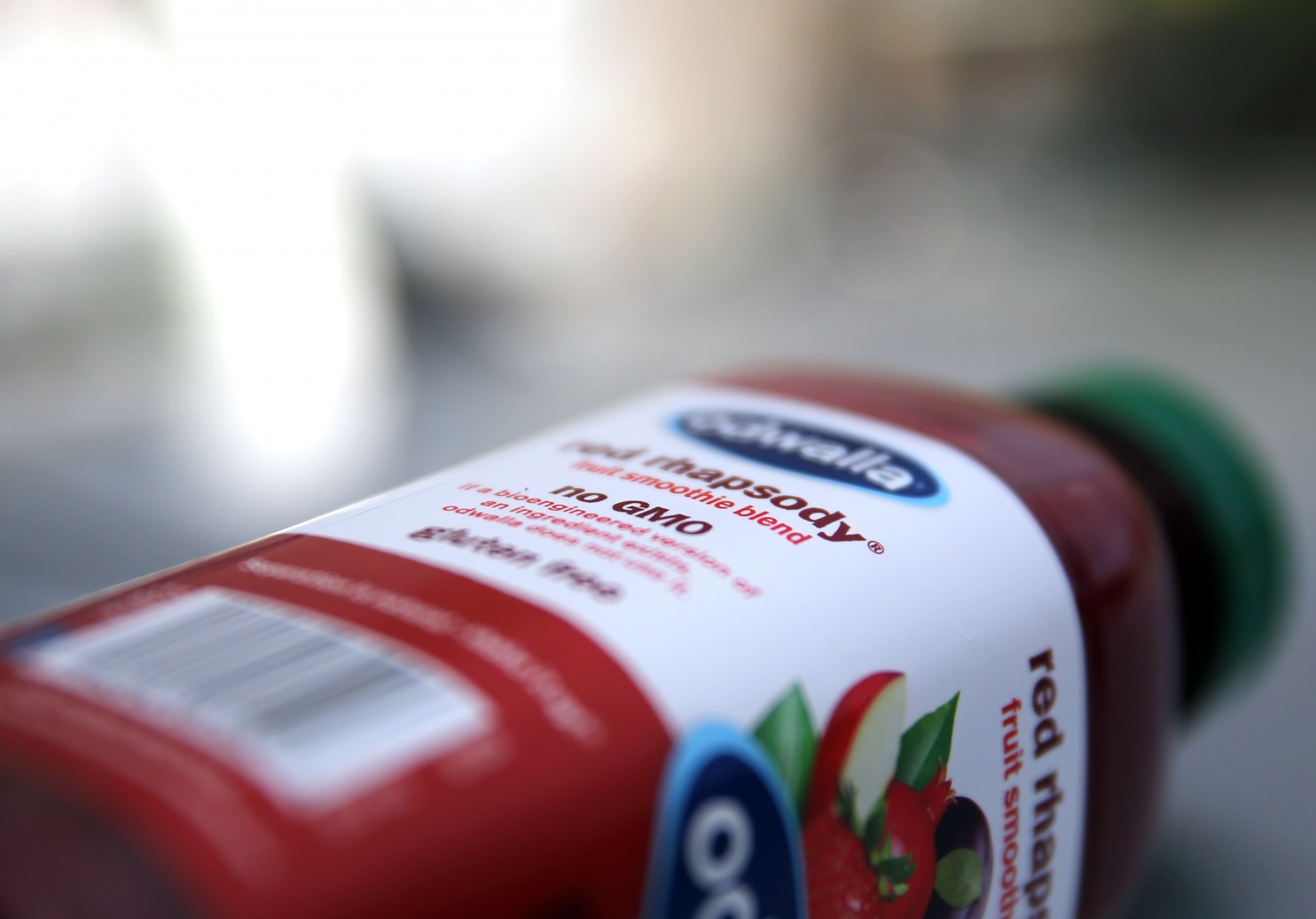
Ag Secretary: Smartphones Could Tell Buyers What’s in Food
WASHINGTON — In the ever-complicated debate over labeling of genetically modified foods, Agriculture Secretary Tom Vilsack offers this idea: Use your smartphone.
Vilsack told members of Congress on Wednesday that consumers could just use their phones to scan special bar codes or other symbols on food packages in the grocery store. All sorts of information could pop up, such as whether the food’s ingredients include genetically modified organisms, or GMOs.
February 26, 2015 | Source: The Washington Post | by
WASHINGTON — In the ever-complicated debate over labeling of genetically modified foods, Agriculture Secretary Tom Vilsack offers this idea: Use your smartphone.
Vilsack told members of Congress on Wednesday that consumers could just use their phones to scan special bar codes or other symbols on food packages in the grocery store. All sorts of information could pop up, such as whether the food’s ingredients include genetically modified organisms, or GMOs.
“Industry could solve that issue in a heartbeat,” Vilsack said during a House hearing on agriculture spending.
The Food and Drug Administration handles most food-package labeling, so Vilsack’s idea isn’t an official proposal. But the Agriculture secretary suggested it could head off the debate between the food industry and those who have pushed for package labels that identify GMOs.
He has mentioned the idea for bar codes before, but he said it could have new life as Congress becomes more involved in the issue. A Republican House bill would block state efforts to require GMO package labels, legislation that was introduced just as Vermont became the first state to require the labeling in 2014. That law will go into effect next year if it survives a legal challenge from the food industry.
Labeling advocates aren’t signing on to Vilsack’s idea. Scott Faber, head of the national Just Label It campaign, says most consumers don’t have the know-how to use their phones to scan a bar code or so-called QR code, a commonly used scannable image.
“Consumers shouldn’t have to have a high-tech smartphone and a 10-gigabyte data plan to know what’s in their food,” Faber said.
In response to those concerns, Vilsack has said in the past that there could also be in-store scanners, like those that check prices now.
Vilsack said some food companies have been receptive to the idea, though he didn’t name any.
